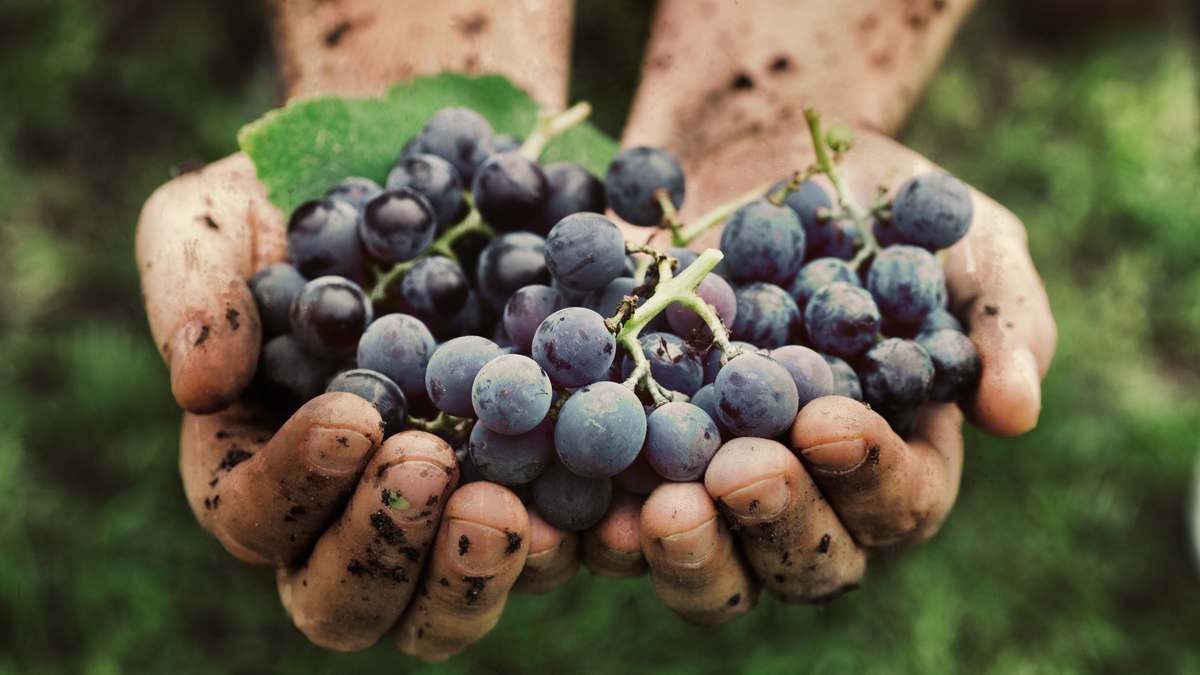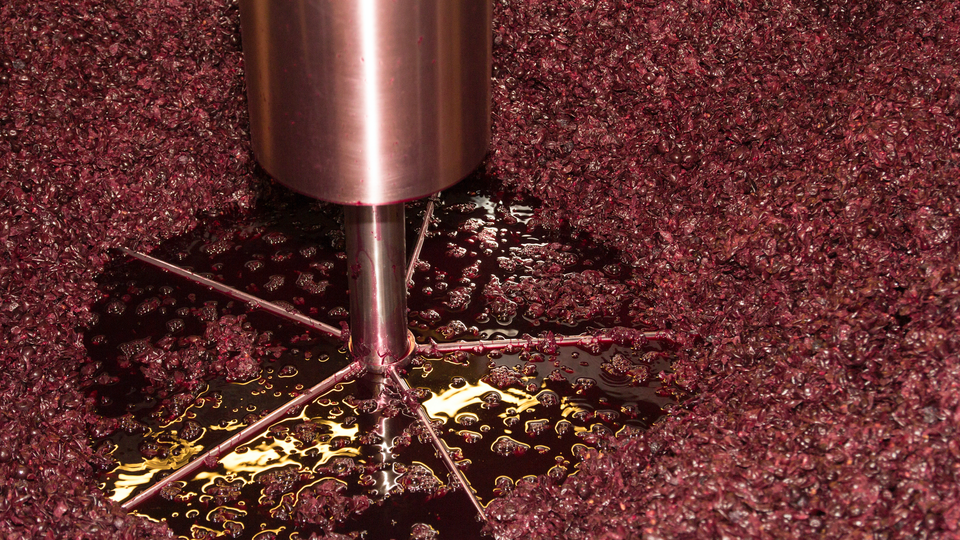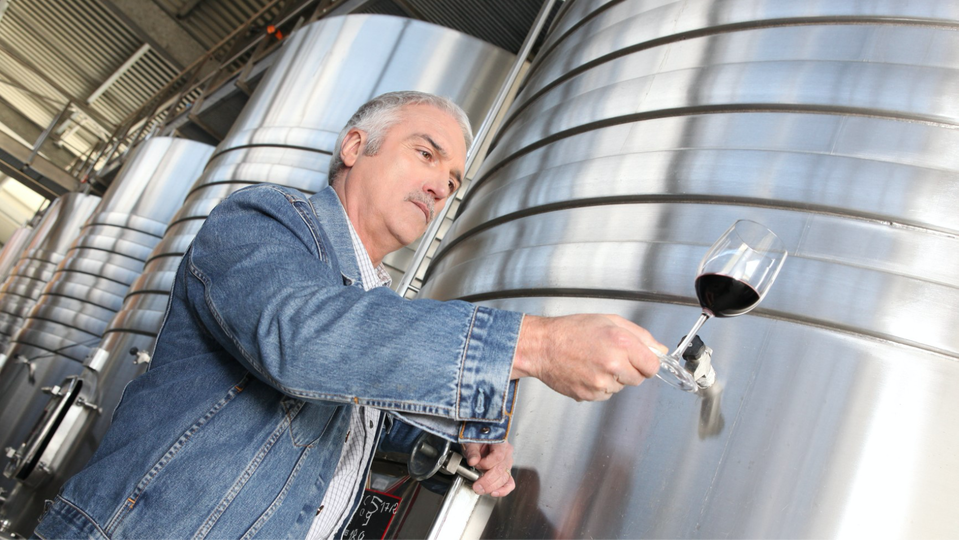Grape expectations for the year ahead
One of Australia’s leading wine writers gazes into his crystal ball (or wine glass) to see what we'll be drinking in 2020.

Expect your red wine to be served a shade cooler in 2020, look out for fresher, drier mixed drinks on the bar and watch consumer choices prove the sum of what’s actually in the bottle is greater than its stated parts. Here are our picks for the wine trends of 2020, where a new regard for quality will reign supreme.
Red wine, right temperature
With the prevalence of on-trend restaurant and cafe fit-outs adorning walls and hanging brass shelves with wine bottles and cheap dangly greenery, there’s a lot of emergency chilling going down in restaurant back bars.
The idea that we can drink and enjoy reds at a rather-too-warm 21ºC room temperature (and then some) is fast becoming a thing of the past. We all love the wine-as-decor phenomenon, but this means an extra layer of care in serving will be dialled into play in 2020.
Don’t be afraid to call for the ice bucket if your bottle is too warm. If you’re paying good money for good quality, then too high a temperature is just burning cash. Speak up!
Rosé fades to white
The tsunami of pink wines from everywhere – mainly cheap Euro imports – has reached saturation point with a flush of too-sweet, too-heavy styles pushed by importers and supermarkets.
The play to sell the dream of a summer seaside vacay with cheap coral-coloured juice will wane in 2020, with wine drinkers looking to find quality refreshment in local whites that haven’t travelled half the world to get to their glass. More like half an hour. Also, look for the $100 rosé play.
Blending on the rise
The idea that we shop by grape variety (shiraz, pinot noir etc) is not going away any time soon as that’s how Australian wines are labelled and generally arranged when we shop. But we will see more wineries shift to promote regionally themed blends in 2020 and make wines that are stylistically crafted rather than just varietally named.
This is the territory of grapes such as grenache, tempranillo, touriga nacional, carignan, cinsault, mourvedre and more. Newer consumers are much more open to exploring a wider range of wine styles, and creatively clever winemakers are responding.
There’s actually a long history of this in Australia, but we went deep into varietal wine styling in the 1990s and a whole generation lost the art of creative blending. Pinot syrah blend, anyone?
Climate changes wine
Some senior wine industry types deny climate change is real but having travelled the wine world for more than half of 2019, I can relay a universal acknowledgement among the wine-growing community that the climate is indeed changing fast.

Record heat, record drought, raging wildfires, seasonal weather shifts and generally less predictable and more extreme weather patterns are all wreaking havoc for those trying to farm grapes and make great wine.
Smart winemakers are heading to higher ground, changing up their plantings and working extra hard in the field to lock in wine quality and their future fortunes in the wine game. Challenging times ahead.
Natural wine will eat itself
Use of the term “natural wine” will wane in 2020 as those wanting to distance themselves from mainstream wine culture now want to distance themselves from the growing army of “natural” winemakers. The once fledgling movement has been popularised to the point that the ark is getting crowded – too crowded for some – and they fear it could sink.

The best in the game will get on with exploring the detail of minimal-intervention farming practices and uncompromising dedication to growing grapes without chemicals or cutting corners. In short, they will lead by example and make delicious wines as best they can.
The best “natural” winemakers I’ve met are as humble as they are servile to the ground they farm. They have graciously ascended to the natural high ground (moral and otherwise) without having to angle for it subversively, or even so much as mutter the “n” word. Quality speaks for itself, and fans of the natural wine movement are being more discerning with their choices.




Hi Guest, join in the discussion on Grape expectations for the year ahead